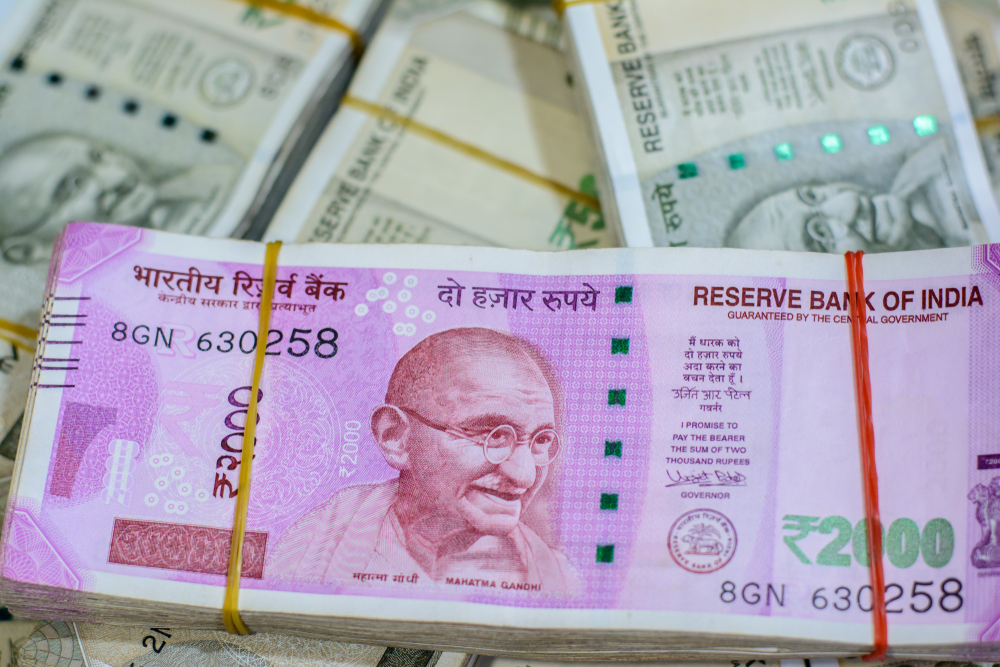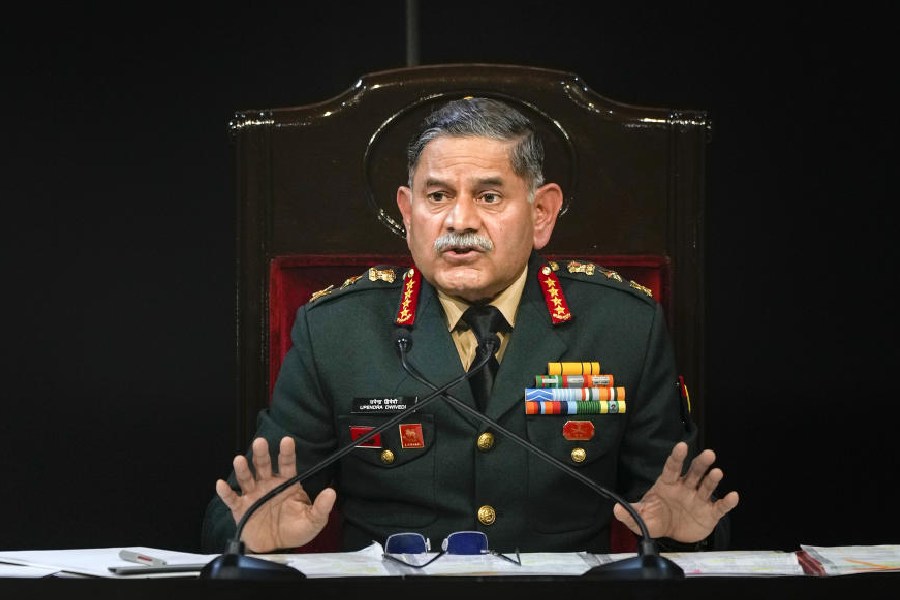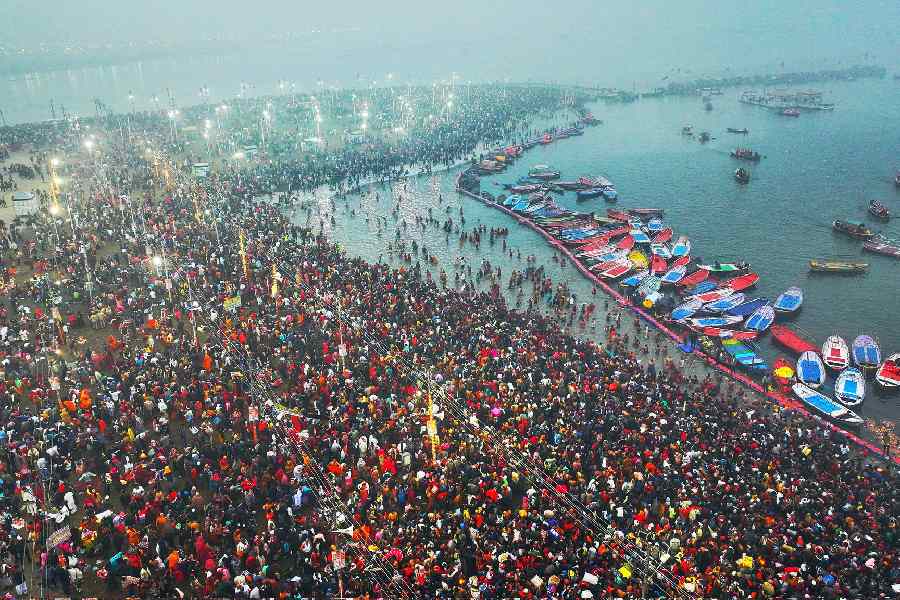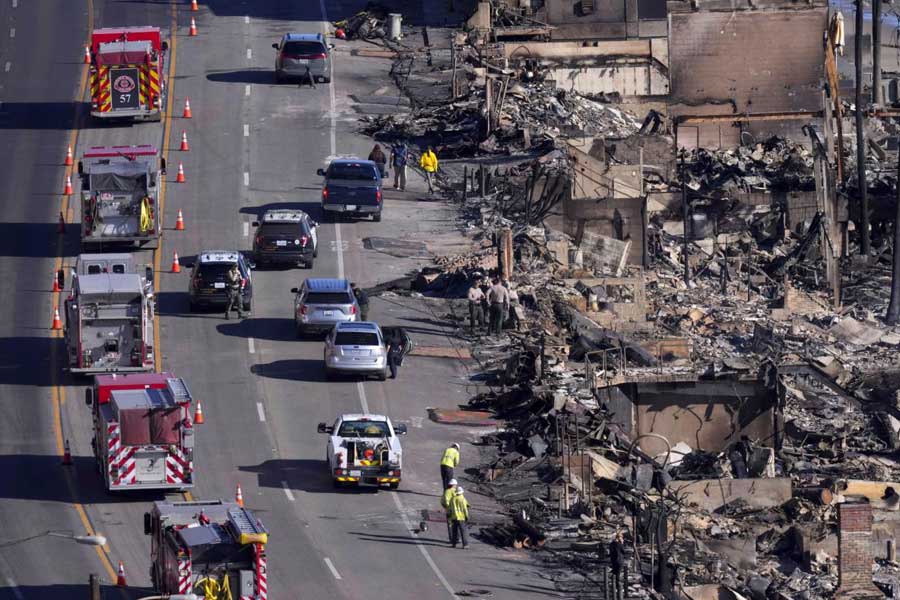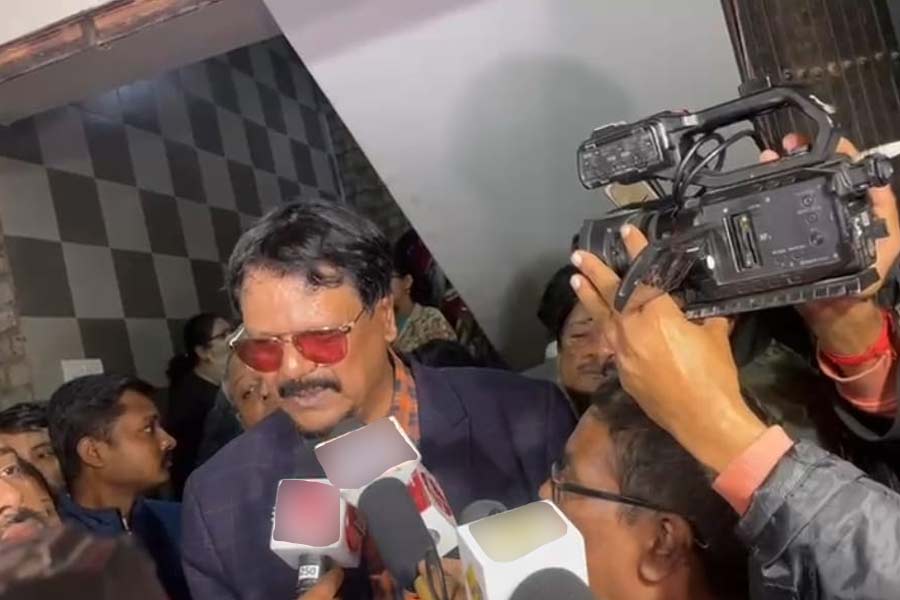Equal distribution of population across wards, paramount to ensuing equitable development, has not been ensured during the Bengal government’s delimitation process for civic bodies.
The government on Friday completed the process of reserving seats for different categories through delimitation in all 93 civic bodies set to go to polls in April.
Government sources have said unequal distribution of population across civic wards leads to uneven development as funds for projects are usually distributed equally among the wards.
For example, a ward with a population of 10,000 will get the same amount of funds as a ward with 25,000 people.
“This has been happening over the years and neither the erstwhile Left Front government nor the Trinamul dispensation has taken any initiative to conduct the delimitation in such a way that the wards are redesigned afresh to ensure equal distribution of population. The delimitation exercise has turned into a mere process to reserve seats for Scheduled Castes, Scheduled Tribes and women,” said a senior government official.
A section of officials said as per rules, a civic body has to pass a proposal to undertake delimitation at its board meeting and send the suggestion to the state government.
“But none of the councillors want to redesign their wards as they are always comfortable with the voters for whom they have worked for five years…. The reason behind the problem is purely political,” a source said.
Experts said such a lackadaisical attitude of the people’s representatives towards the delimitation process was hurting the interest of common people as the delivery of development was suffering.
“All civic bodies, including the Calcutta Municipal Corporation, are facing this problem. For example, ward 58 of the CMC has 58,613 voters, but ward 144 has 9,457 voters. This leads to large variance in per capita development expenditure in a civic body, which is not desirable,” said Biswanath Chakraborty, a city-based political scientist.
He explained how people living in the CMC area had been facing problems for years because of a huge variance in per capita development expenditure, which is calculated by dividing the total development expenditure with the population of the area.
“As per a rough estimate, a sum of Rs 10 lakh is spent for each ward of the CMC annually for different projects. This means the wards with larger populations get lesser amounts of per capita allotment. This is not desirable in urban planning,” Chakraborty said.
A senior CMC official conceded that delimitation of population in the civic body had not been done over the years.
“Perhaps it was done for the last time in the 1990s,” said the official.
Sources said the Election Commission of India takes up the delimitation process to redesign Assembly and Lok Sabha constituencies to ensure equal distribution of population.
“The total number of Assembly seats in Calcutta came down to 11 from 22 because of the delimitation conducted by the ECI in 2010. This had happened because the population on the outskirts of Calcutta had shot up remarkably. This shows why delimitation of population should be an essential exercise at regular intervals,” said another official.
The official said each CMC ward should have a population of about 31,000.
“But there are at least eight-nine wards that have 42,000 voters each. Then there are seven-eight wards that have less than 15,000 voters each,” he said.

